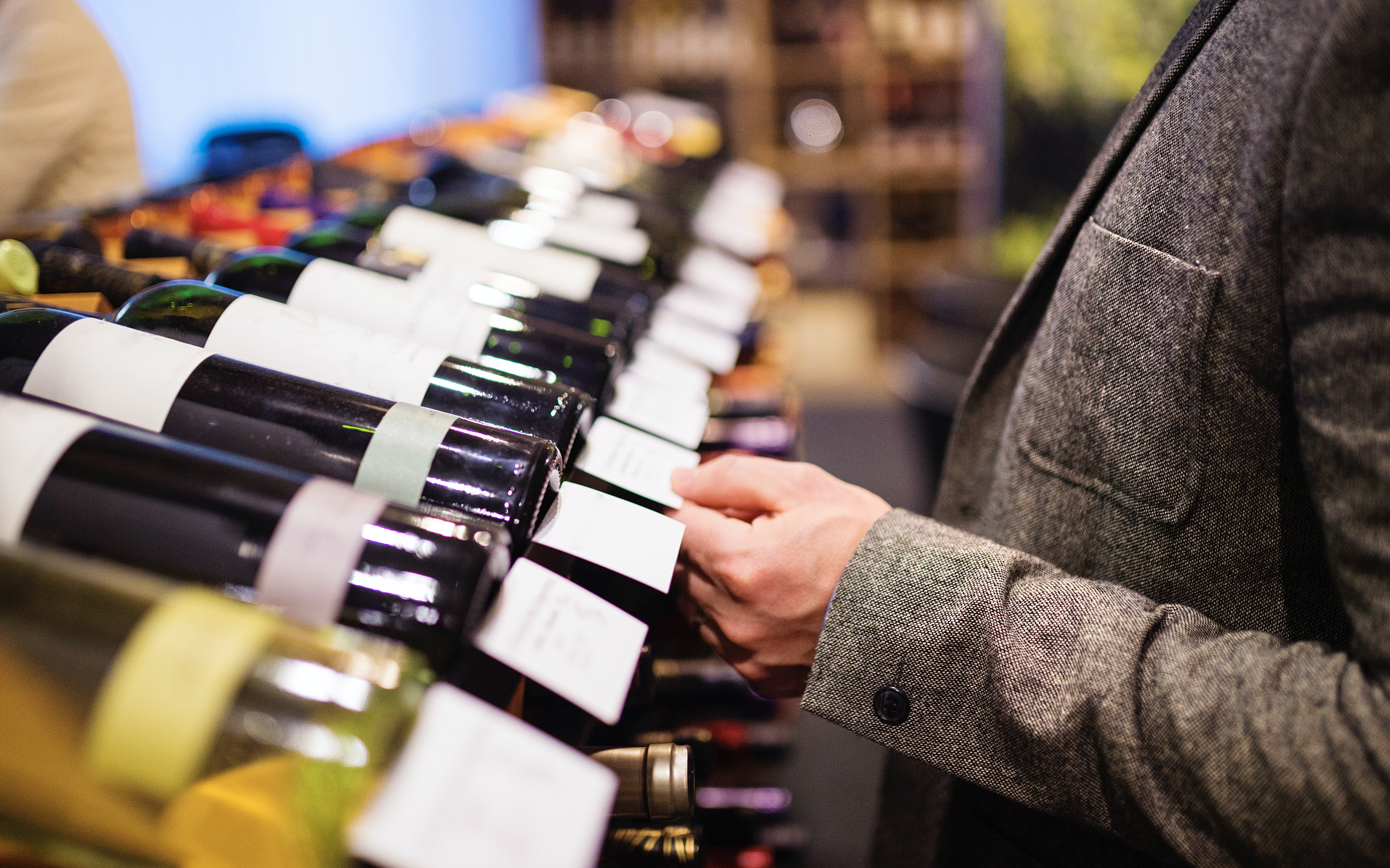How To Select A Fine Wine

Quickly, bring me a beaker of wine, so that I may wet my mind and say something clever. - Aristophanes
For those more interested in finding a delectable drink to savor than being clever, the following might be useful.
Obviously the selection of a specific type, year and brand of wine is a matter of individual taste. But differences aside, there are some broad guidelines on which there is agreement, within the confines of price.
Happily, with the growth of vineyards around the world and wine-related Internet sites, availability is no longer a problem. A person in California or Caracas can order a New Zealand Syrah not carried by a local merchant as easily as anyone in Auckland.
Ignoring questions of pairing with food, are you looking for a full red or a light white? Some find Madeira too heavy, others see a German Riesling as too dry. Most readily available wines are meant to be consumed shortly after purchase, but those with the desire to taste the finest, patience really is a virtue. Cabernet Sauvignon would better suit those willing to age than a Pinot Noir.
A cool climate Chardonnay, such as those from Canada, will interest those who enjoy a young wine with prominent acidity. But it can also be favored by those who want to experience it's nutty, honeyed character that comes with aging.
Descriptions by class can be helpful. Class 1 wines, often labeled 'Light Wine' or 'Red Table Wine' will have an alcohol content between 7% and 14% by volume. Class 7, by contrast, will have an alcohol content of not less than 15% by volume. This type has usually been compounded with Brandy and flavored with herbs. Those with greater concentrations are considered 'fortified'.
Look on the label for a declaration of the amount of sulfites. Sulphur is often added during the winemaking process to guard against growth of unwanted organisms, but some may introduce more than an individuals taste prefers. Sulphur dioxide is also sometimes sprayed on the grape itself to reduce pests and can leach into the skin. Some wine drinkers are unknowingly sensitive to sulfites and can experience an allergic reaction. Concentrations of below 10 parts per million are fine for most.
When testing a wine, cool to the proper temperature ó around 52F (11C) for whites, 65F (18C) for reds ó and use a thin rimmed glass that is free of dust. You can clean it by rinsing carefully and drying with a lint free cloth.
Pour to no more than about 1/3 of a glass, held by the stem to keep fingerprints away from the rim and to prevent heating the bowl.
Look for a clear color by viewing against a white background. A Pinot Noir will have the lightness of a ruby, Cabernet Sauvignon more violet. Those from grapes grown in a hot summer and dry fall will result in a darker color; those from a cool summer and rainy fall will be lighter.
Swirl gently, sniff and taste.
Great article! ,, saving this for reference thanks!